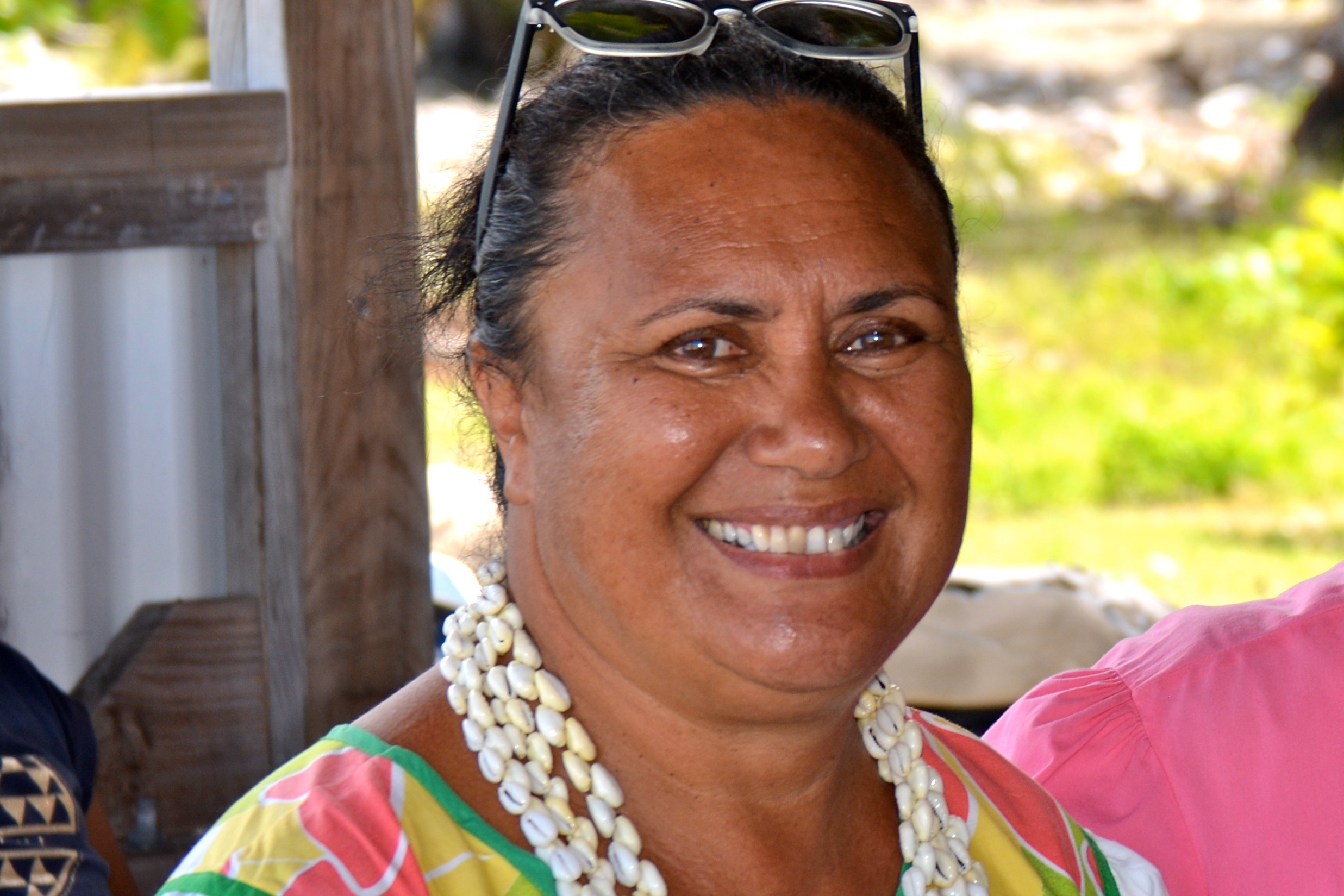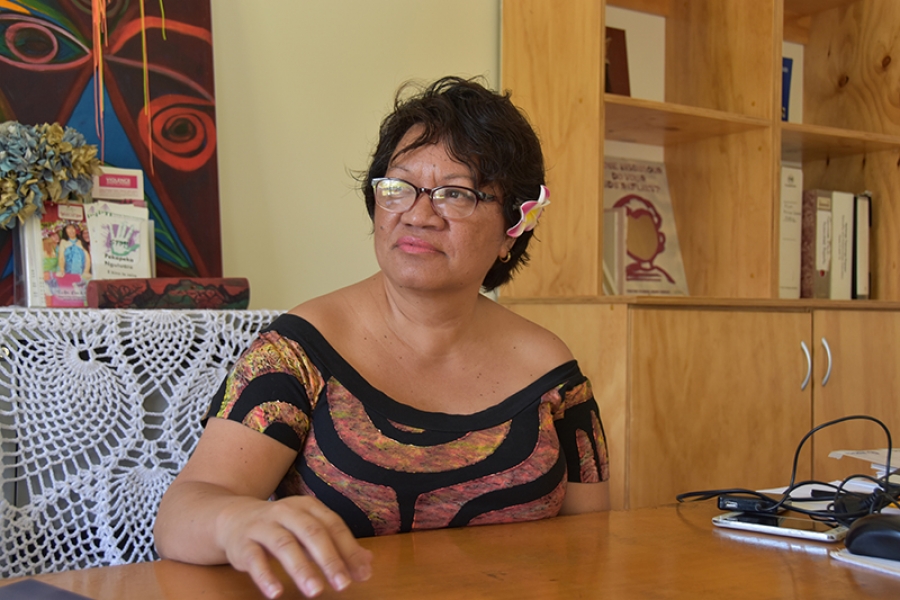
NAGOYA – The sun-powered Solar Impulse 2 which was attempting non-stop flight across the Pacific from China to Hawai‘i has been forced to land in Japan by unforeseen bad weather.
“Weather deteriorating over Pacific, decision taken for intermediate landing in Nagoya and wait for better conditions,” Bertrand Piccard, the initiator of the mission, tweeted.
The plane was earlier in a holding pattern near Japan on Monday as organisers warned that bad weather in the days ahead could block its ambitious bid to cross the Pacific.
The seventh leg of the round the world journey was set to take pilot Andre Borschberg, 62, on a six-day, six-night flight from the Chinese city of Nanjing to Hawai‘i, on an 8500-kilometre flight across the Pacific.
“When we took off from China it appeared we could cross the front,” Piccard said on a live video posted on YouTube.
“The weatherman was very confident. Now the window has closed. The front is too thick, too big. The plane would have to go through big layers of cloud.
“The only safe decision is to stop in Nagoya, wait a few days before carrying on.”
Borschberg said on Twitter: “On my way to Nagoya. Disappointed for not continuing but very thankful to the Japanese authorities for their support.” The flight from Nanjing to Hawai‘i was scheduled to be the longest section of the maiden solar-powered global circumnavigation and an attempt to promote green energy.
The journey began in Abu Dhabi in March and was originally intended to be for 12 legs, with a total flight time of around 25 days.
Borschberg told reporters before departure from Nanjing that the plane could land in Japan in the case of technical problems, but the open ocean offered no such possibility.
“In case of emergency, we have Japan on the way, so we have identified airports where we could stop, but this only really is in case of very difficult technical problems,” Mr Borschberg said.
“As soon as we leave this part of the world, then afterwards we are in the open sea. There is no way to come back.”
Failure could mean a parachute descent into the ocean, hundreds of kilometres from rescue.
No ship is trailing the plane as it travels far too fast for a maritime vessel to keep up with, even though its maximum speed of 140 kilometres an hour is much slower than conventional jet aircraft.
Solar Impulse 2 is powered by more than 17,000 solar cells built into wings that, at 72 metres, are longer than those of a Boeing 747 and approaching those of an Airbus A380 superjumbo.
The plane is the successor of Solar Impulse, which notched up a 26-hour flight in 2010, proving its ability to store enough power in lithium batteries during the day to keep flying at night.











































